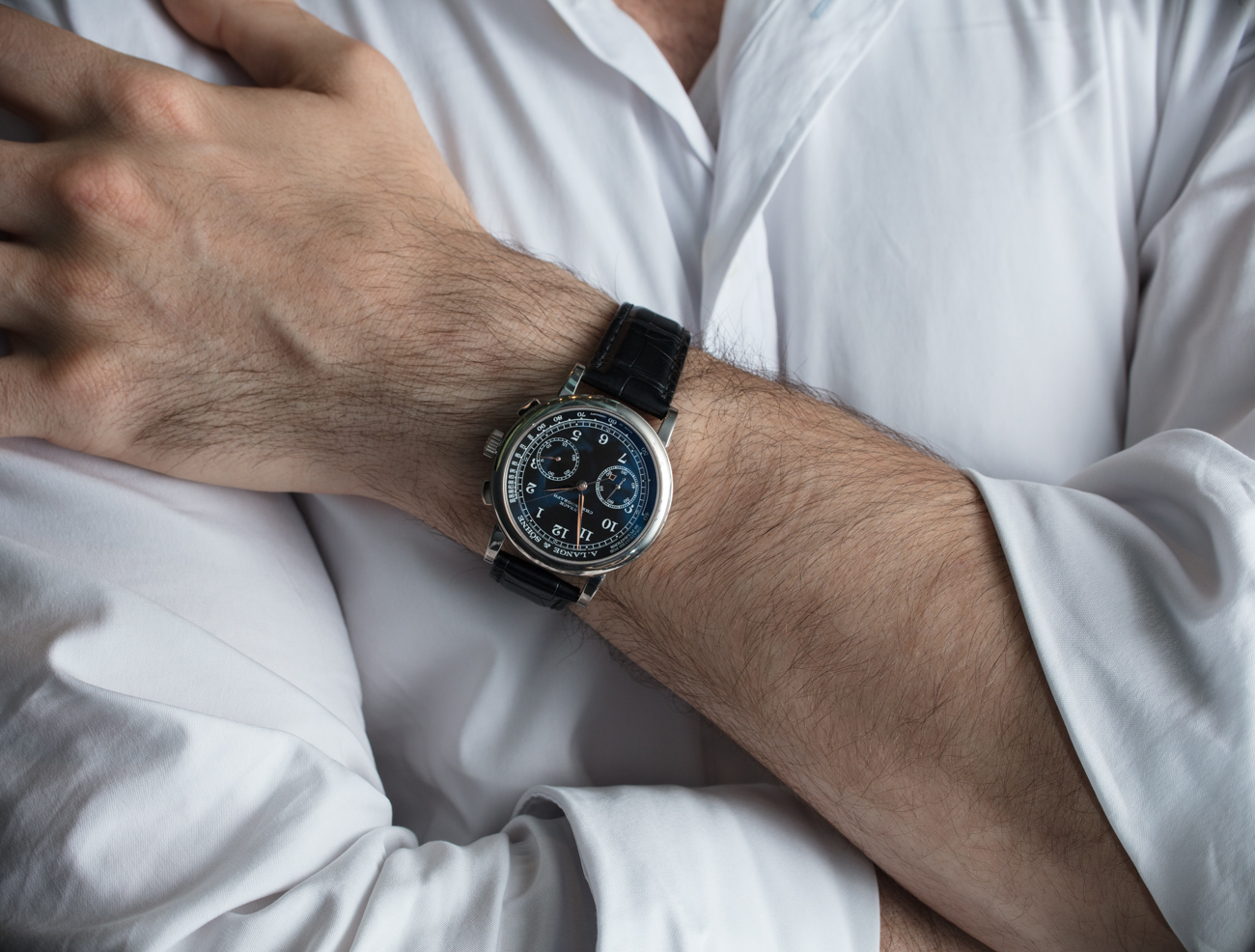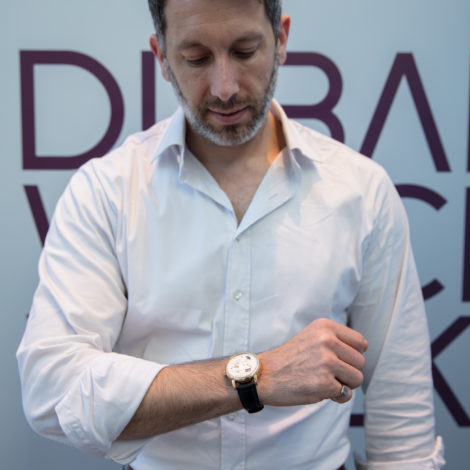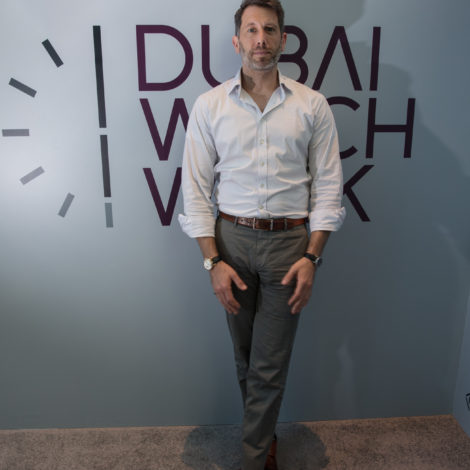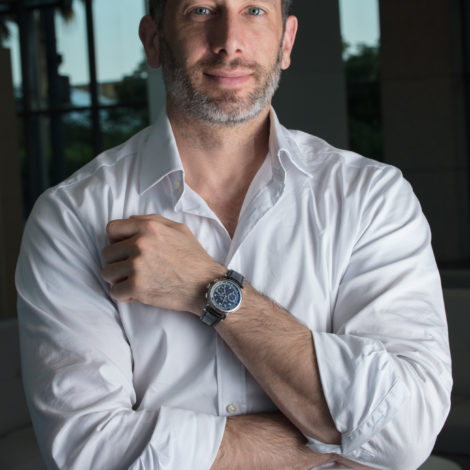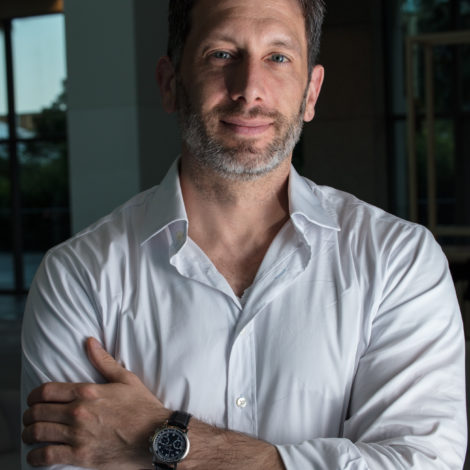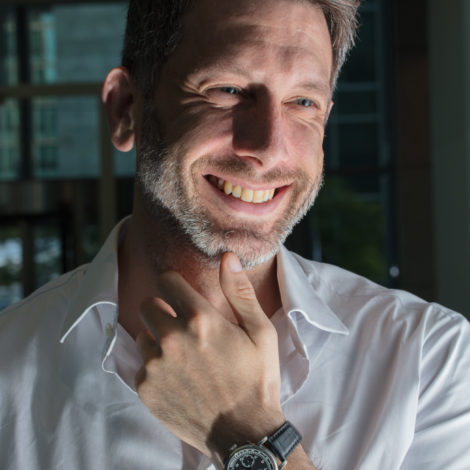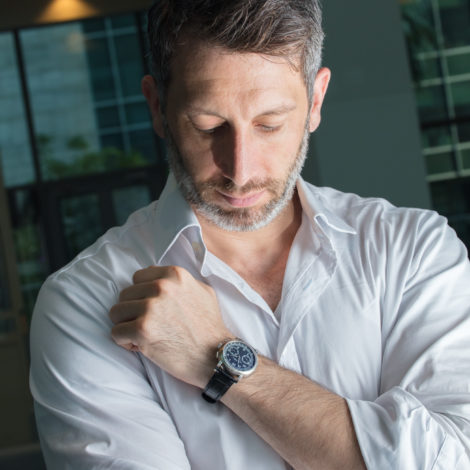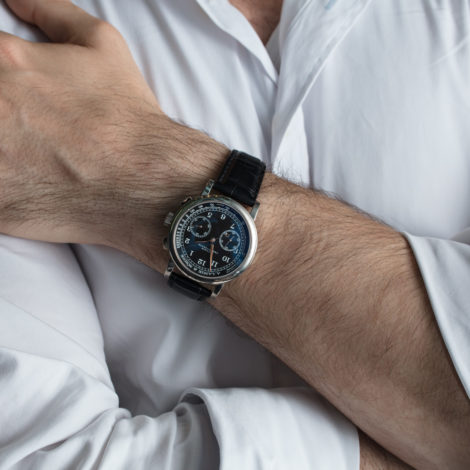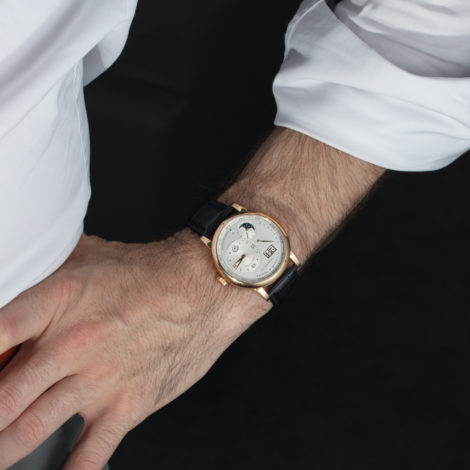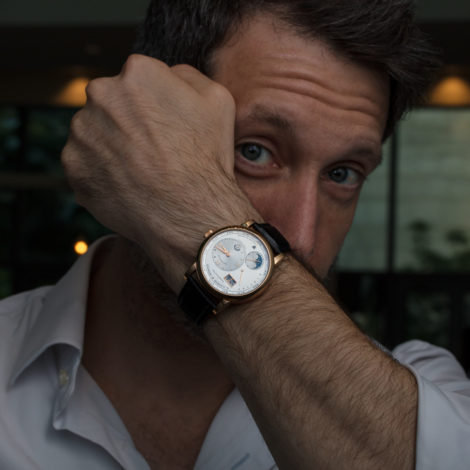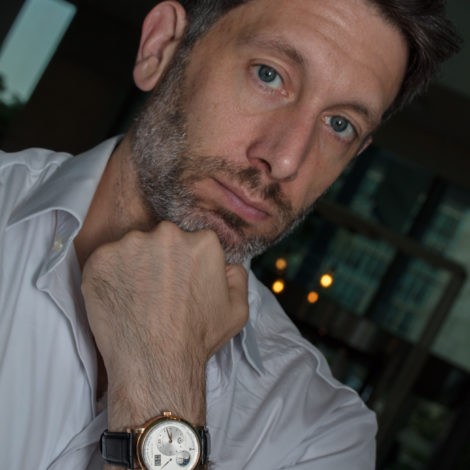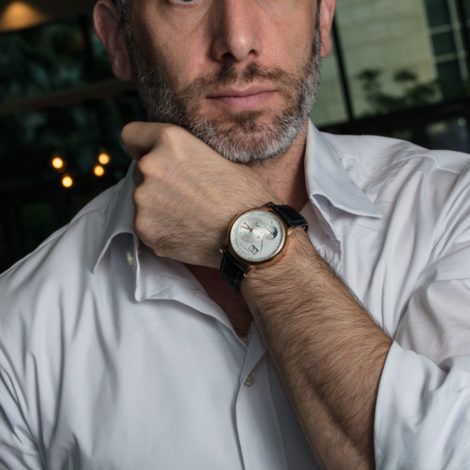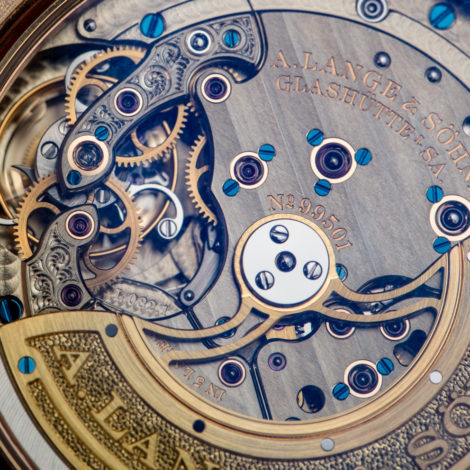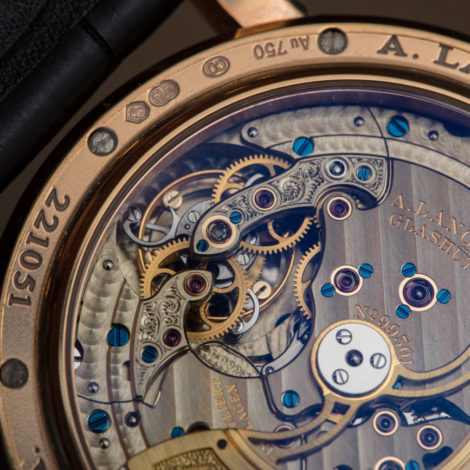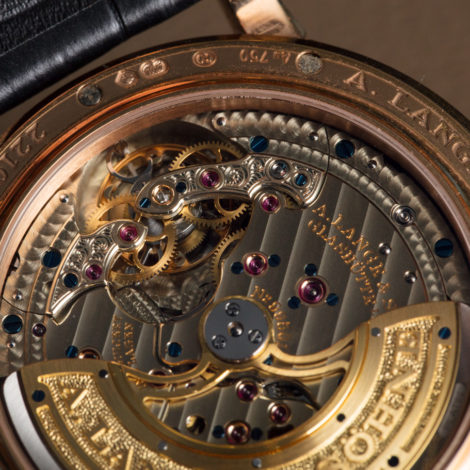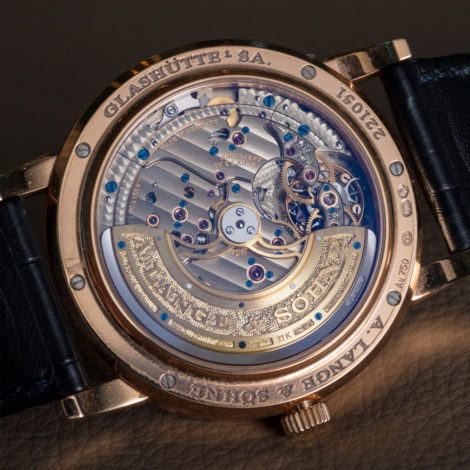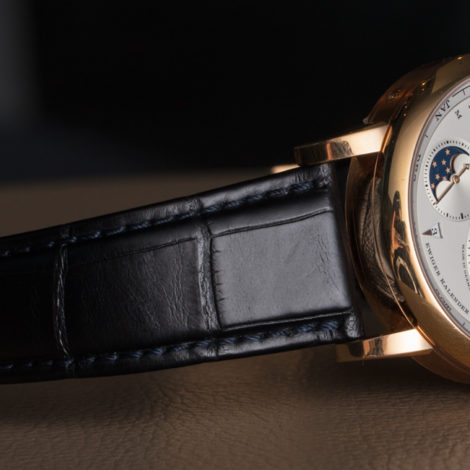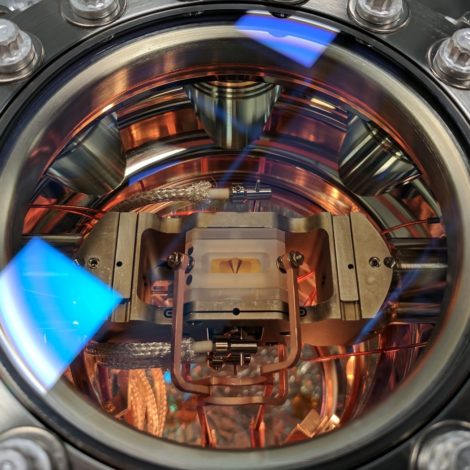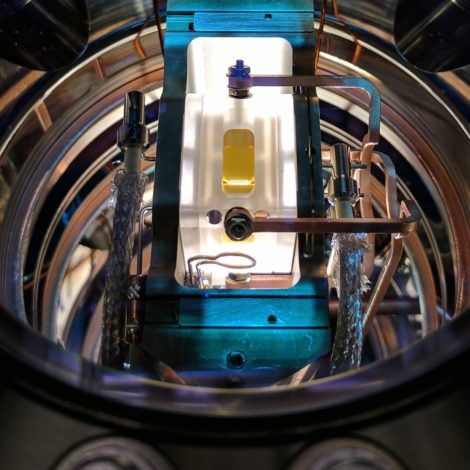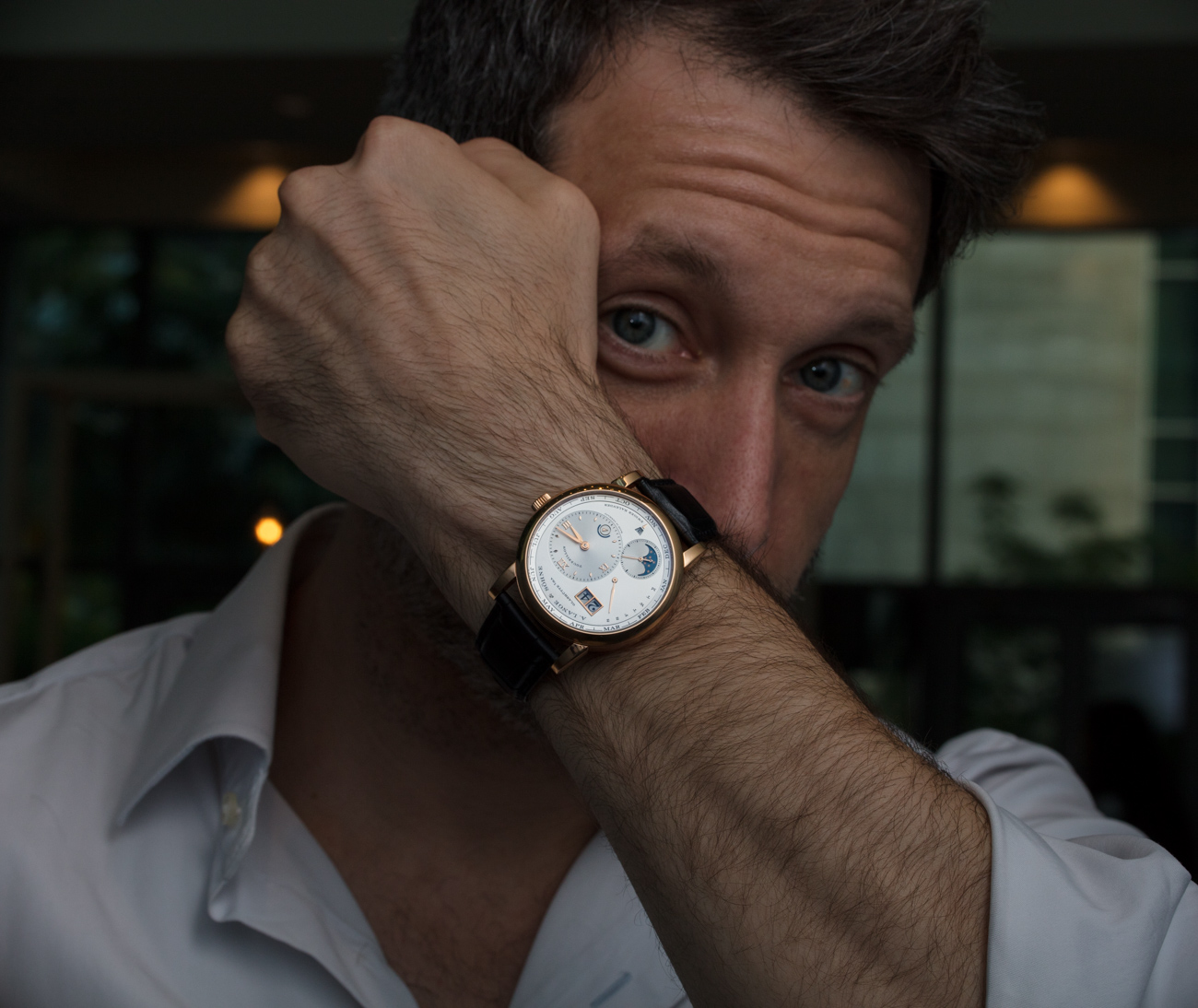
Many fine watch brands like A. Lange & Sohne face a challenge today: How do you broaden your reach to find new customers who value what you offer in a world where fewer people than ever understand how to appreciate traditional mechanical watchmaking? “Education and exposure” is the general answer, but how does a prestigious and conservative timepiece maker from Germany accomplish such a task? I sat down with Professor Michael Biercuk to find out how A. Lange & Sohne is sharing its refined heritage by virtue of cutting-edge technology.
Biercuk, a tech native who founded the quantum computing company Q-CTRL finds compelling parallels between his research in developing applications for quantum computational systems and how a mechanical watch works. Articulating his nuanced take on the future of supercomputing and the fringes of our scientific understanding, he dons a discreetly sublime Lange 1 automatic tourbillon perpetual calendar watch on his wrist. Separated by over 100 years of technological freshness, his watch and his interests are connected because both his passion and his work rely on accuracy through error cancellation.
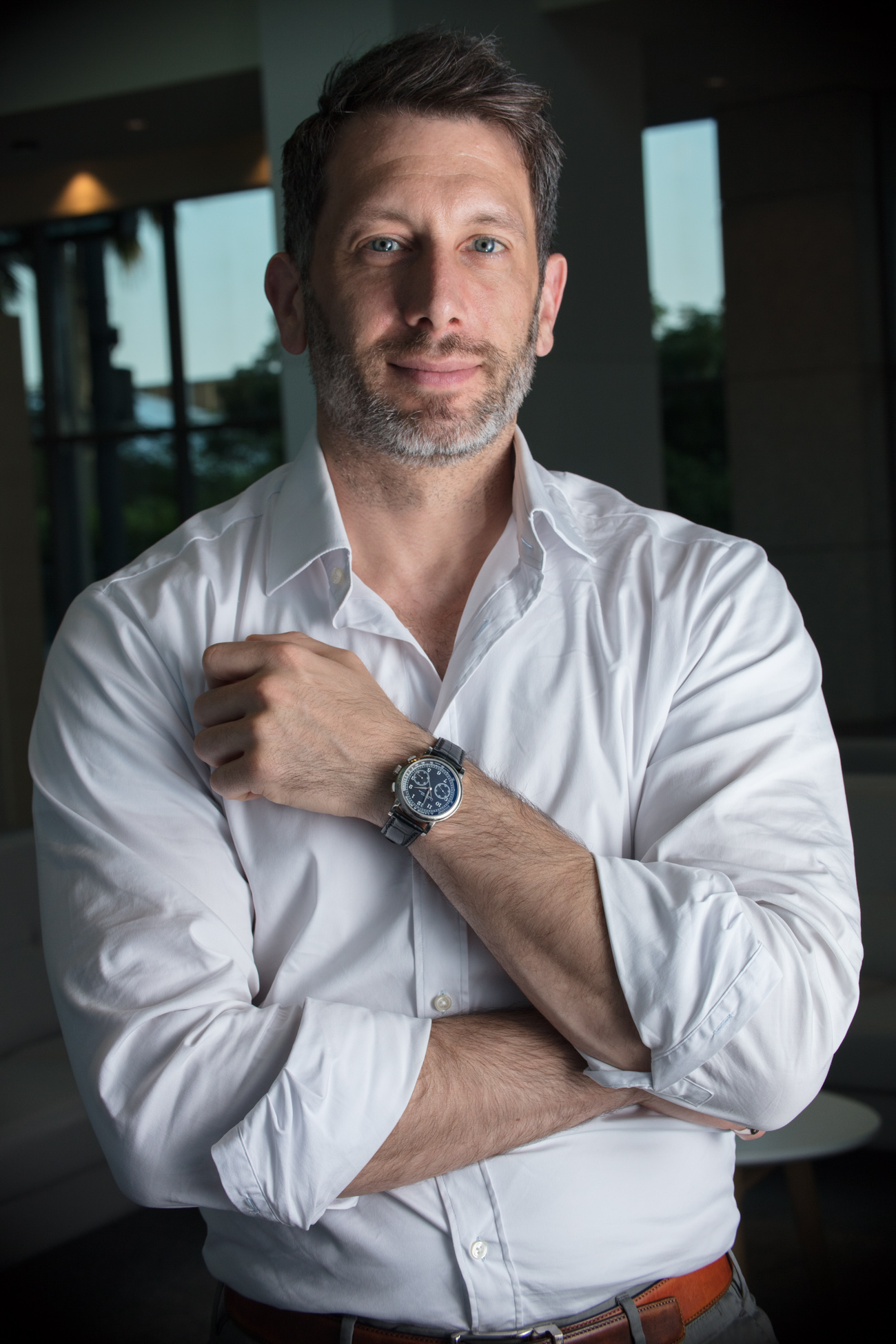
Technically, a “friend of the brand” for A. Lange & Sohne, Michael Biercuk is another of the world’s timepiece collectors who has been swept up by the romance and legitimacy of Germany’s top timepiece manufacturer. His mission will be to spread the good word of traditional Saxon horology to Silicon Valley-ites such as himself in markets along the West Coast of the United States where the brand itself has little presence, despite a long history of interest (and collectors).
Professor Biercuk regularly speaks on his work at Q-CTRL to help audiences better understand what quantum computing is and how society can benefit from it. I asked him to share some of his knowledge and passion with the aBlogtoWatch audience.
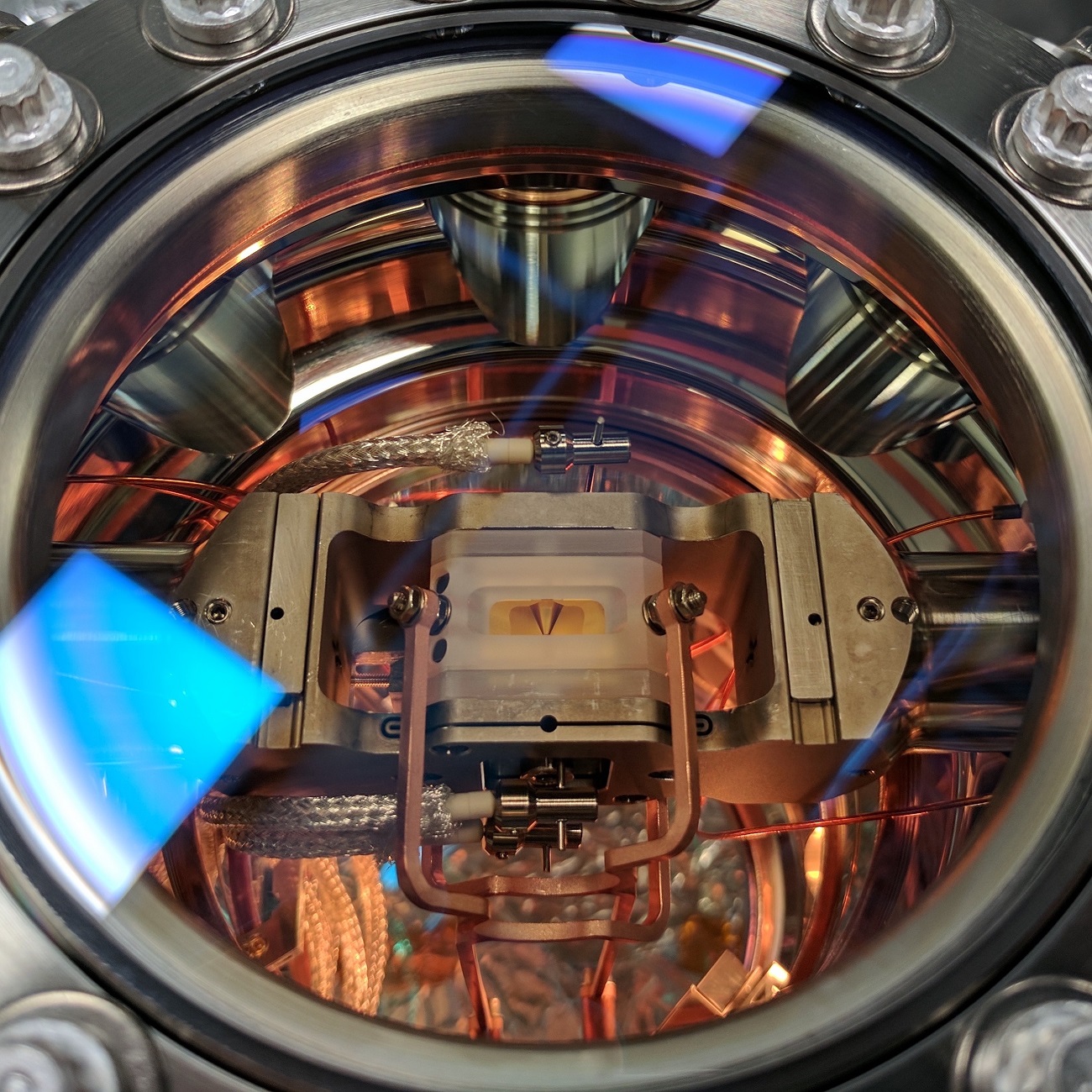 Ariel Adams (AA): Quantum computing is an intimidating and hyper-modern phrase that few people really understand. As an expert in the field, can you explain what quantum computing is and how it related to our mutual fascination with horology?
Ariel Adams (AA): Quantum computing is an intimidating and hyper-modern phrase that few people really understand. As an expert in the field, can you explain what quantum computing is and how it related to our mutual fascination with horology?
Michael Biercuk (MB): Quantum technology, which harnesses quantum physics as a resource, promises to be as transformational in the 21st century as harnessing electricity was in the 19th. Quantum computing is a key application within this class that puts quantum physics to work in storing and processing information in new and very different ways. It’s been said, in fact, that a quantum computer is as different from a conventional computer as that conventional computer is from an abacus.
To back up, it’s worth exploring what quantum physics is and what it brings us when employed as a technological resource. Quantum physics is the set of rules that describes nature on tiny size scales – individual particles of matter like atoms and electrons, and individual particles of light called photons. This branch of science is among the best tested and most accurate predictive theories we have, but despite that, it has contained a number of phenomena that for years were largely dismissed as exotic mathematics. This includes the phenomenon of “superposition” in which the properties of a quantum system are indeterminate until measured (in the vernacular a quantum system can be in “two places at once”), and also entanglement, through which quantum systems can become deeply linked no matter how far apart they might be separated. Beginning in the 1980s a series of laboratory demonstrations revealed that these phenomena were real. Now we’re looking to put them to work in technology.
In fact, the first true technological application of the full power of quantum physics has been around for some time – atomic timekeeping. We use quantum superposition in order to access the very stable “tick” inside of atoms. Doing so allows us to build clocks good to better than 1 second in 100 million years. This, in turn, enables exceptionally precise geo-location, just as in the history of marine chronometry. And here starts the relationship between quantum physics and high horology.
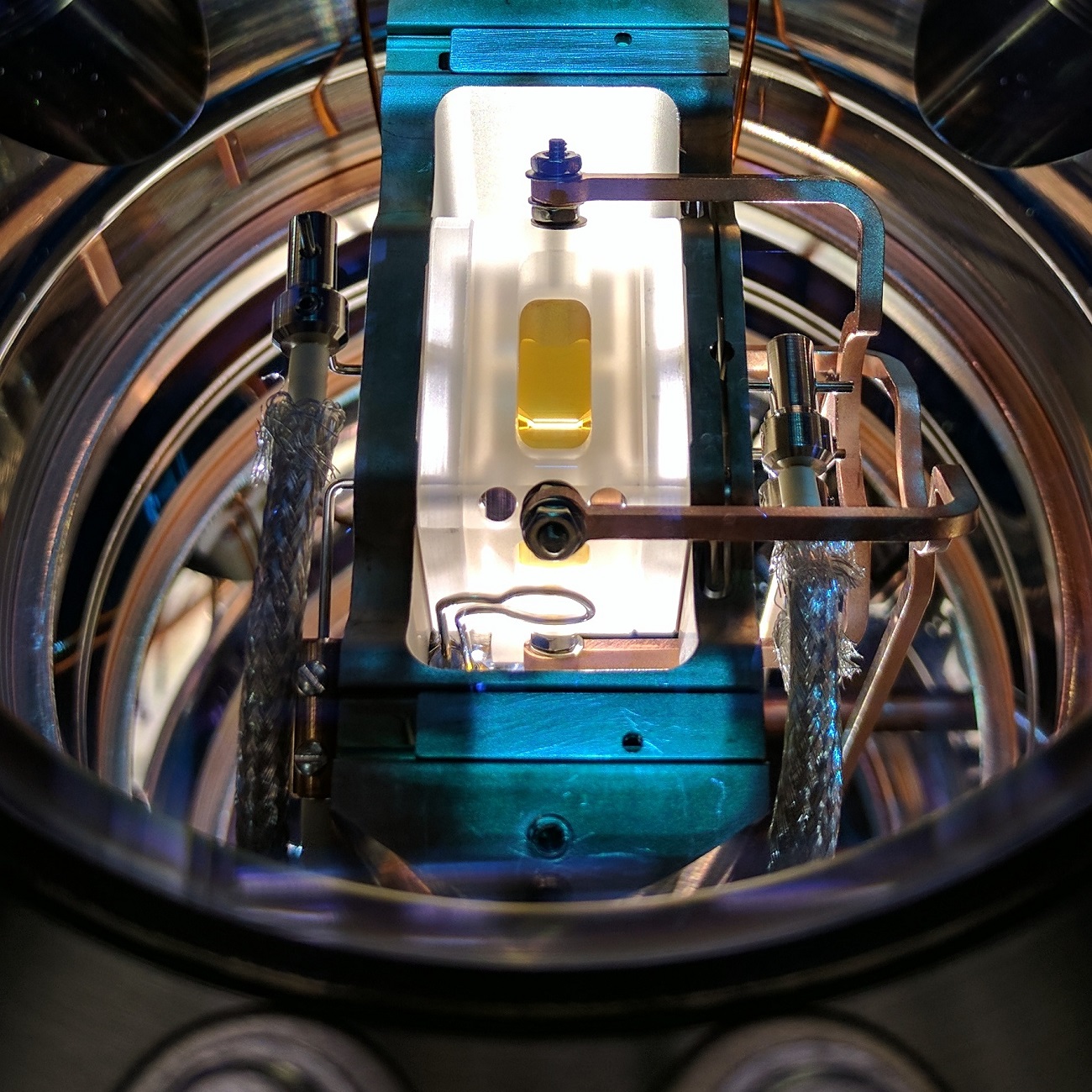
Quantum computing uses these same exotic phenomena in order to encode and process information in a way that allows exceptionally difficult problems to be solved efficiently. For instance, problems in chemistry and materials science with direct relevance to the pharmaceutical industry, agriculture, and the like are very difficult for conventional computers to solve. Instead of trying to fit that intrinsically quantum physical problem (e.g. how electrons in molecules interact to give a chemical reaction) into a decidedly non-quantum conventional computer, it’s intuitive to appreciate one can gain a benefit by attacking this quantum problem using quantum computer hardware that operates on the same rules.
But here’s the rub – quantum systems are exceptionally fragile. They are degraded by interaction with their environments in a way that erases their utility. In my academic career and in my company, Q-CTRL, we focus on addressing this problem, helping to stabilize quantum systems and make them more useful in quantum computing (and other applications).
One way we do this is actually strongly connected to the physics of the tourbillon. Watch collectors know that by physically rotating the cage which holds the balance wheel, it’s possible to dynamically “average away” the distorting effects of gravity on the watch’s rate accuracy. In quantum systems, we use similar “dynamic stabilization” techniques to improve the longevity of, say, the information we encode in an atom. By mathematically “rotating” the quantum system of interest in the right way, we’re able to improve its utility and performance.
Even though that’s only a small slice of what we do, it builds a profound bridge between these worlds. And by wearing a tourbillon watch I’m able to tangibly connect to my research – it’s right there in metal on my wrist.
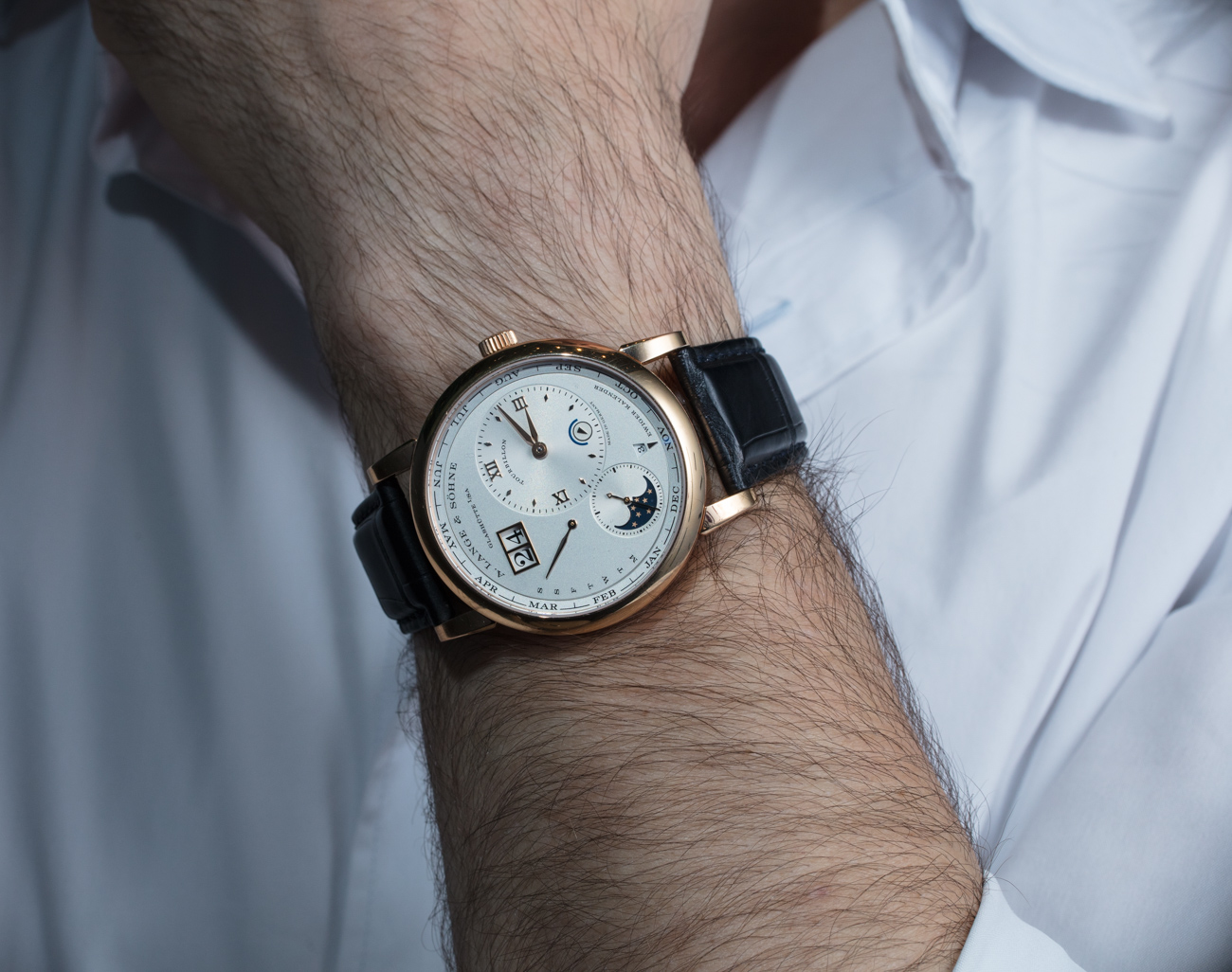
AA: You are a “friend of the brand” for high-end German watchmaker A. Lange & Sohne. How did you connect with them, and what is it about your personality that our colleagues in Saxony felt would be beneficial in their goal to spread their particular approach to traditional watchmaking?
MB: My entry into the world of horology was unusually abrupt and fast-paced. I gave a TEDxSydney talk a few years ago and followed up with a special “behind the scenes” feature that was supposed to show both a personal interest and a professional setting. I chose to talk about my love for mechanical watches and brought our tour group to a watch boutique in Sydney. The resulting video linked together these two storylines through a discussion of the functioning of the tourbillon and a visit to my laboratory.
As a thank you, the boutique invited me to a collectors’ dinner with Lange senior management in Sydney. (I was not an accomplished collector at the time, only an admirer.) At this dinner I really resonated with a few members of the management team around the story of high horology and quantum tech. The team followed up with a number of discussions around this story and soon after invited me for a tour of the manufacture. It was an incredible VIP experience – including meals with the senior management, a private one-on-one tour with Tino Bobe, drinks with Tony de Haas, and attendance at an Alice Cooper concert with the media team.

Naturally, I was also privileged to give a technical talk to the team, explaining the links between our fields. In the intervening time, I’ve also become a member and moderator of #Langenation, helping to spread the word even further. At the end of the day, I can assuredlyeach say that we had a wonderful connection on a personal level and that first meeting has yielded great friendships.
I think the ability to link these two fields separated by centuries – one an “obsolete” technology that is more a form of high art than anything, and the other a technology at the vanguard of human capability – likely connected with Lange’s motto to “Never Stand Still.” I am hopeful that my relationships with the watchmaking industry will enable us to each connect more people with science and better integrate high horology into the “tech” market in which my company operates. Without speaking for them, I imagine this opportunity also appealed to them.
Of course I purchase other pieces – I’m not an exclusive mono-brand collector. And Lange is not the only brand I respect and admire, or through which I have made great connections. Ultimately, our friendships and the dedication to storytelling in the service of building a human connection have been the foundation of my relationship with Lange.
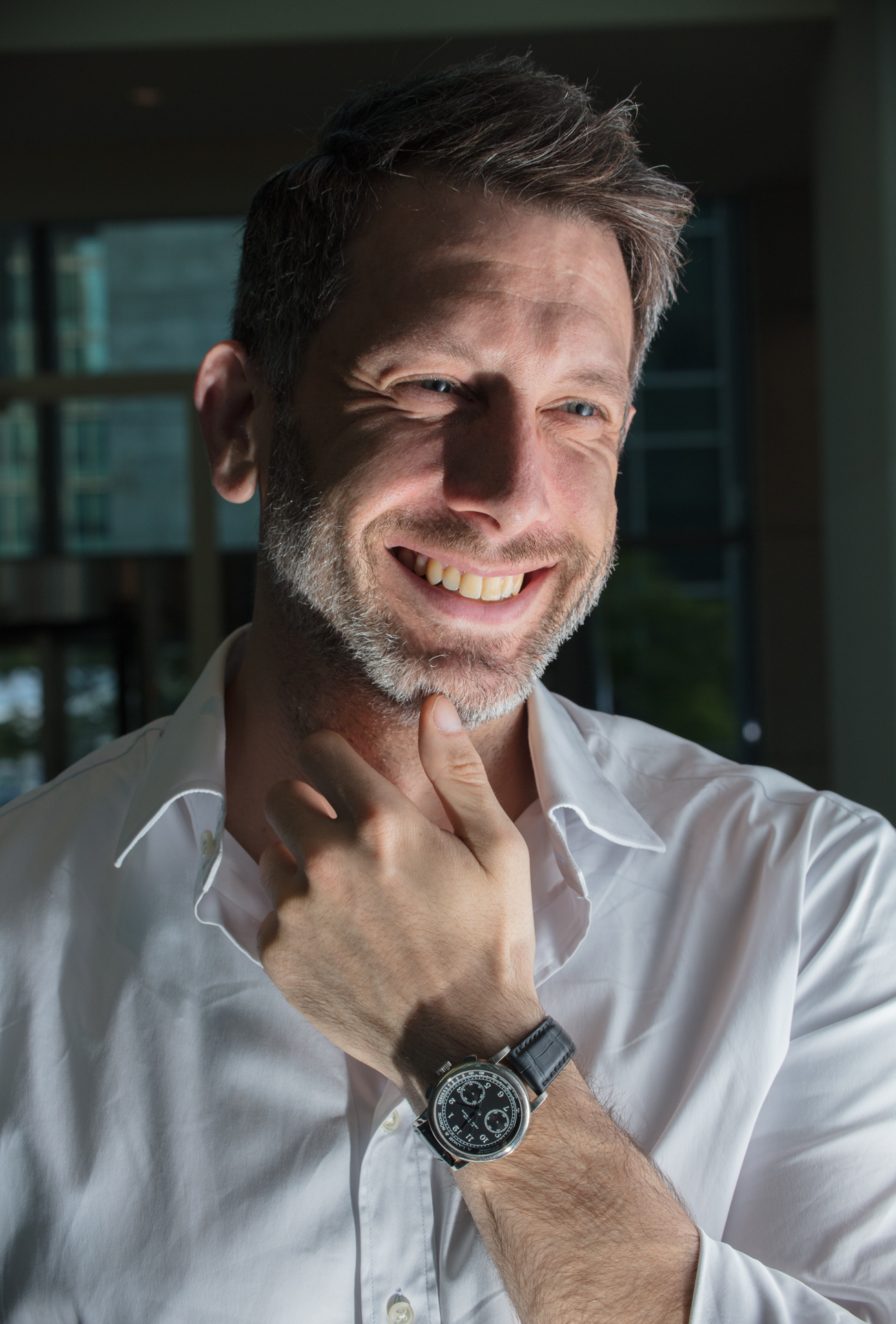
AA: Visiting the manufacture of A. Lange & Sohne in the small town of Glashutte is an emotionally powerful experience, but not a trip everyone can make. When it comes to the tech-savvy crowd you interface with, what qualities of A. Lange & Sohne do you feel potential new fans absolutely need to know about.
MB: Lange is, to me, the perfect marriage of everything that would appeal to the tech set – technicality, aesthetics, and a deep product focus.
To start, I think its generally a surprise when the mechanical technicality behind a high horology piece is revealed. Most people in tech are deeply attracted to hardware – they often love gadgets and mechanical things. They love to build and create. So they need to know how clever and creative the mechanical engineering is that goes into a complication watch or even a general high horology piece from Lange.
I love to show that a Lange timepiece integrates the complexity of an entire computer in metal. Moonphase indications that are good to 122.6 years, realized in metal, not in software. And then there are the clever ways in which movements are architected – this can be exactly as compelling as any scientific or engineering problem we face in the broader deep-tech industry. It’s also exceptionally exciting to see things like nano-structured optical coatings and structural color incorporated into the pieces.
There is an aesthetic element as well; the ability to see the heart of the movement and all of the finishing appeals to pretty much everyone I’ve ever met. We think of my colleagues in the tech sector as being highly focused on “soulless technology,” but we forget that they love beauty just like anyone else. A Lange piece, which combines this technical prowess with true artistry to my mind provides a remarkable value proposition.
In tech we also love products. So I also believe that the unique Teutonic design aesthetics in, e.g. the Zeitwerk, or the ultra-modern Lumen series can speak to someone who appreciates the merger of traditional and avant-garde design elements used in an effort to tell a story and connect to a consumer.
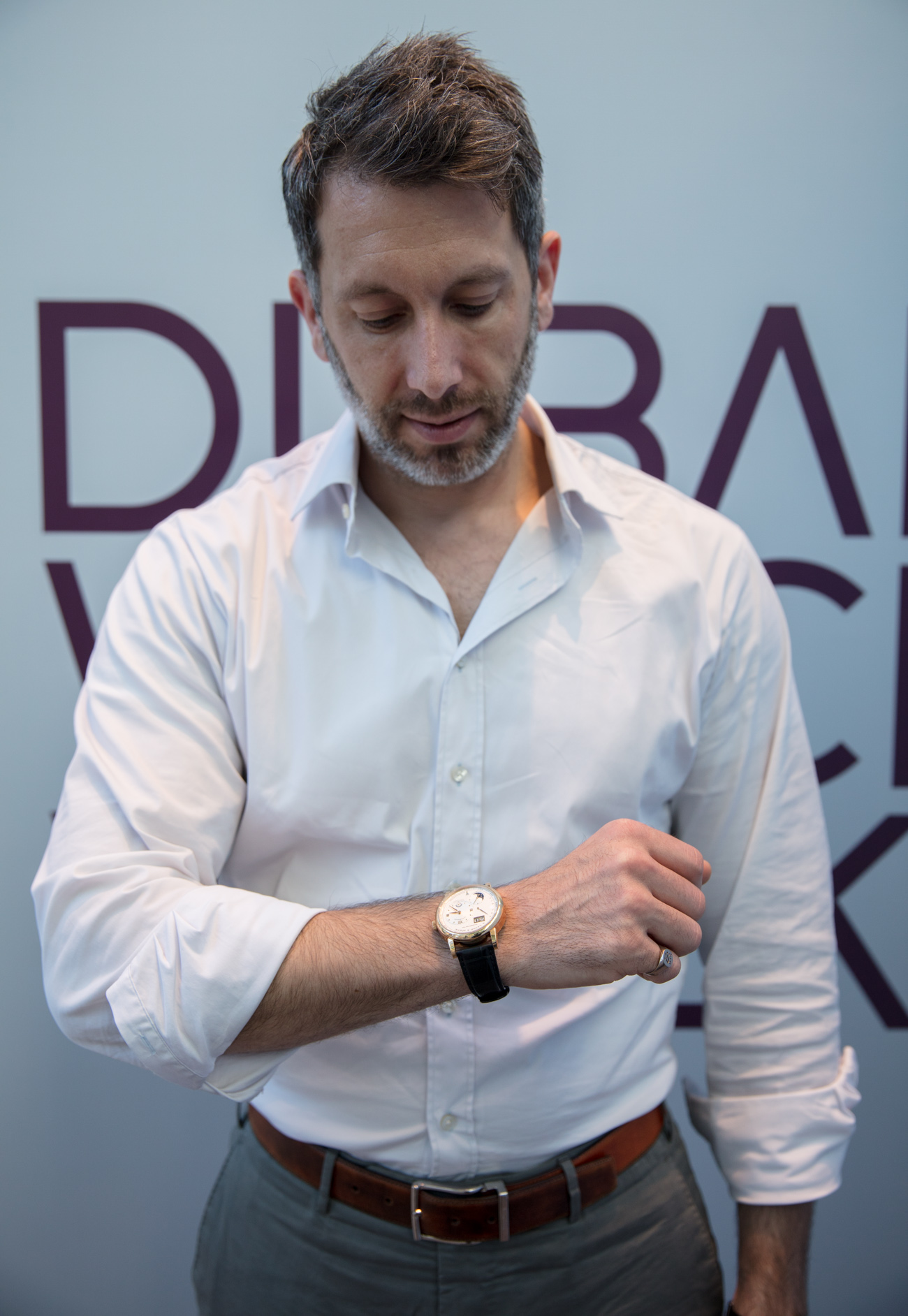
AA: Years ago, when I started aBlogtoWatch in San Francisco near, I intended to talk about timepieces for a modern, technology-raised audience. When I started traveling to “watchmaking country,” I learned that the good people there didn’t entirely understand how the “innovation generation” on the U.S. West Coast felt about traditional watchmaking. What is your particular strategic advice for brands like A. Lange & Sohne when it comes to sharing their values and virtues with today’s tech generation?
MB: This is an exceptionally interesting question – I think the industry is still very much learning how to communicate with the tech set.
There are clearly watch collectors in tech, and some individuals love to show off the wealth they have built. But I would broadly characterize most Silicon valley entrepreneurs as having a bit of an ascetic character when it comes to luxury items. Many entrepreneurs I know prefer value to luxury and generally eschew ostentatious displays of wealth. Those whom I do see pursuing high horology pieces seem to gravitate towards independent brands with somewhat avant-garde designs – tremendously talented companies like DeBethune, HYT, MB&F, or Urwerk (note the conspicuous absence of gold and diamonds or traditional design elements). For these brands, they should keep doing what they’re doing so well in terms of products, but they can add storytelling which helps translate their products to the desires of the tech sector even better.

I think for high horology timepieces there’s a (false) perception that design must be very traditional and naturally trend towards “bling”. Clearly brilliant teams like MB&F show this is not a requirement. For Lange, there’s accordingly an exciting opportunity to connect via products that are already in the catalog which counter this perception. For Lange that could mean the Lange1, Zeitwerk, or Lumen. There can be a simple focus on color schemes which are more modern (white metal/dark or colored dial), dial layouts that are non-traditional, or materials which are a bit more exotic (smoked sapphire dials for instance). I also think there’s a great opportunity to appeal to tech-sector collectors who don’t want to scream about their wealth; one way is to show off the complexity on the caseback, making it a private matter for the owner.
Every time I talk about the Lange pieces I wear when in the valley, people are really enthralled with the story, the movements, the design features. There is already a deep affinity for the underlying technology – one that I think should be amplified by brands proud to showcase their technical prowess and interest in complications. Connecting with the tech set seems to me to largely be a matter of highlighting these strengths while disabusing the consumer of incorrect notions about design or the necessity of ostentatious displays of wealth.
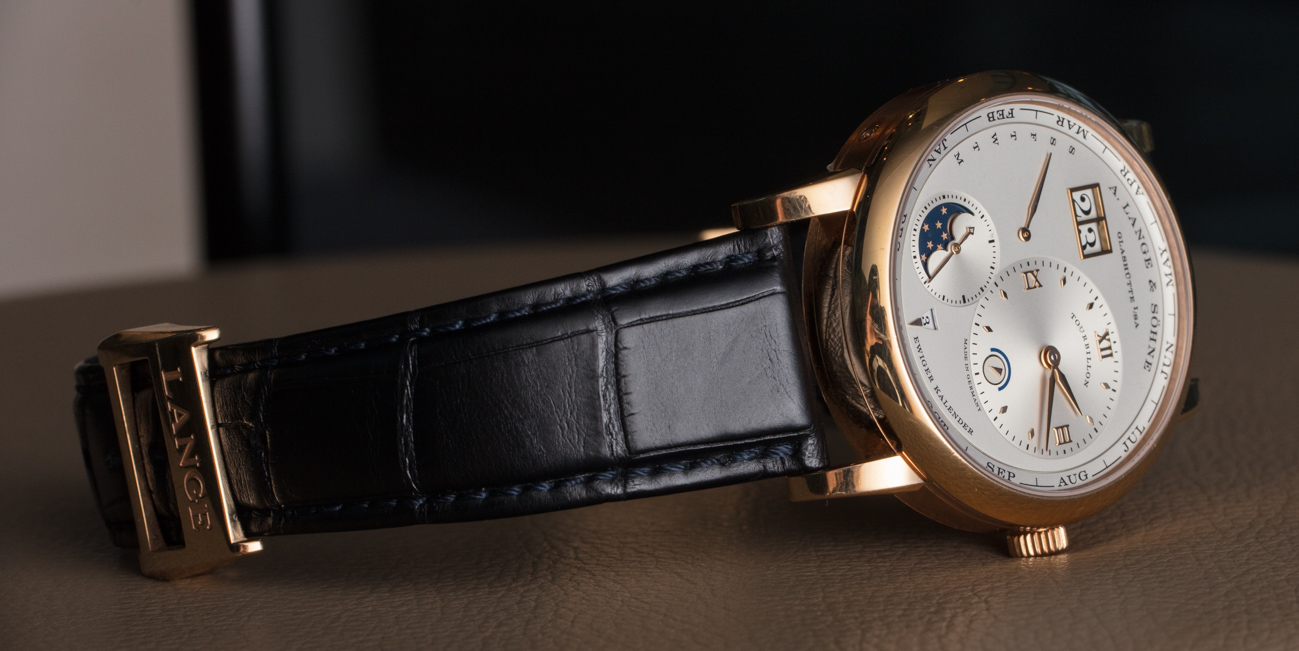
AA: What originally romanced you about A. Lange & Sohne? Tell me about some of your favorite models and technical features and why this traditional art form now has a permanent placement on your wrist while during your professional capacity you seek to learn new scientific truths and unlock unrealized computational power in the area of quantum mechanics?
MB: This love starts with the obvious – Lange watches are truly beautiful. The designs are iconic and original and far less encumbered by tradition that many Swiss brands given the recent rebirth of the house and German provenance. The finishing on both the dial side and the movement are unmatched in the industry; Lange movements are instantly recognizable despite the fact that many houses make beautiful timepieces.
My favorites include some of the real killers in the product catalog. First, the Lange 1 perpetual tourbillon – which is just ultimate stealth. An incredibly complicated watch with some real innovations in the indication combined with amazing legibility, but a package that is quite demure. Next, the 1815 Tourbillon Handwerkskunst which combines a beautiful dial side tourbillon aperture with the hand tremblage and engraved dial. The Datograph Perpetual Tourbillon with rose gold dial – no words needed when you see the caseback. And finally the Zeitwerk Lumen – the edgiest watch in the portfolio to my mind, combining both the complex “digital” time display with the ultra-modern lumen aesthetic.
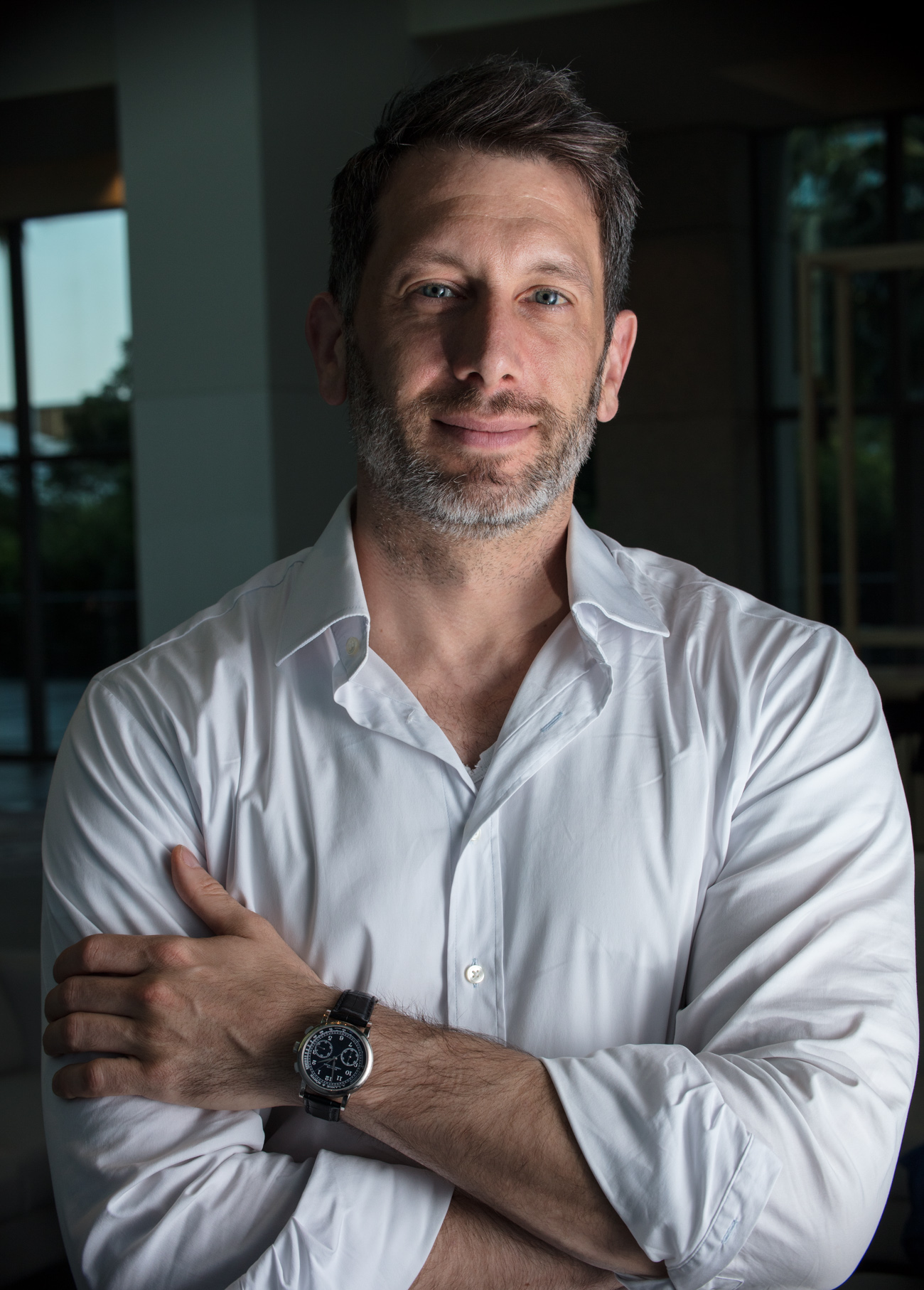
You’ll see above a trend towards tourbillon watches – I absolutely love them because they connect so tightly to my own work and allow me to feel a physical connection to my career, all in metal on the wrist. I also love the anachronism of these highly innovative pieces produced in an obsolete technology.
But most of all, I love the people behind these watches. The “Lange family” is a very real concept – the team is exceptionally warm and welcoming. Now I no longer see objects when I look at a Lange piece – I see friends who come from the marketing, design, watchmaking, and senior management teams, and the contributions they’ve made to these beautiful pieces of art. And I see friends from the Langenation community and the broader collectors community who also feel a deep emotional connection to the brand.
A. Lange & Sohne builds a bridge between the technical and the human in a profound way.

